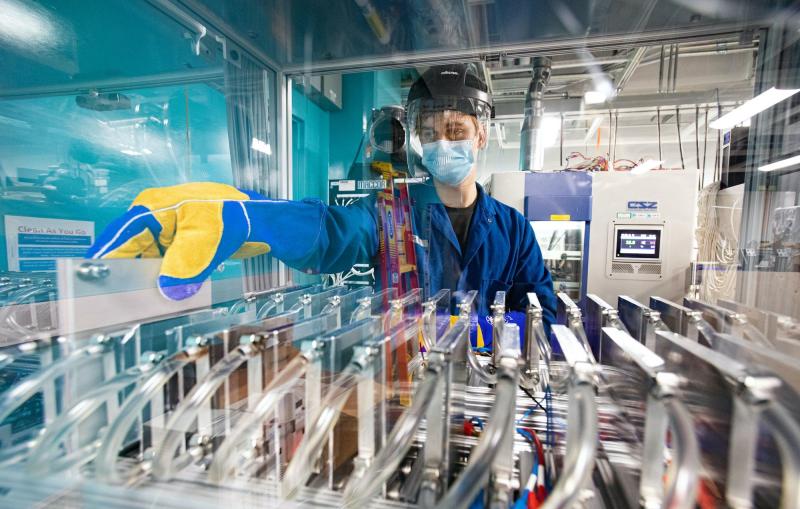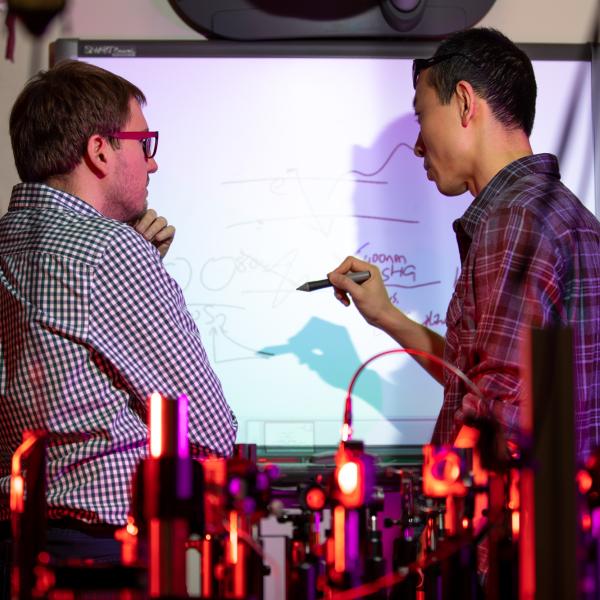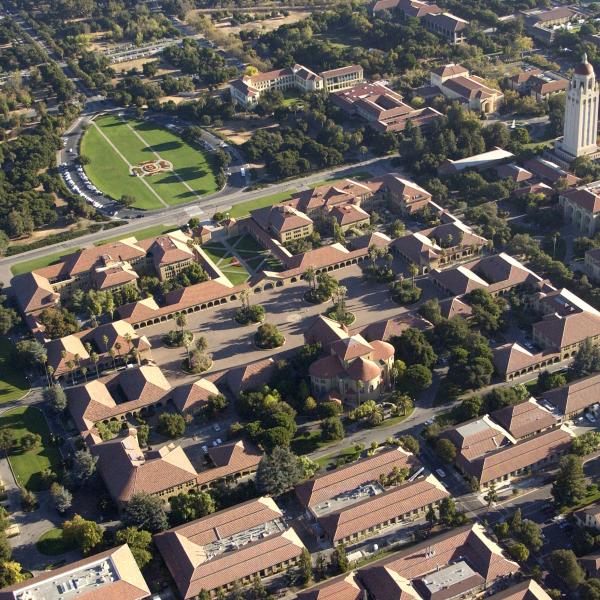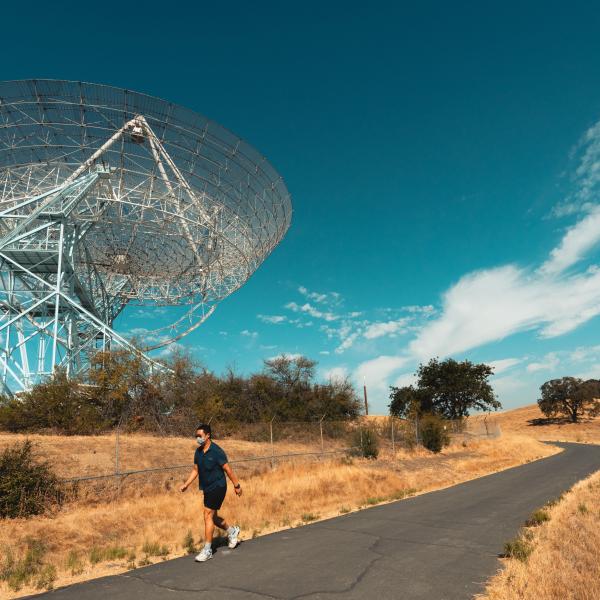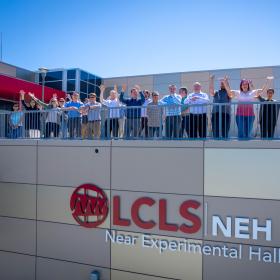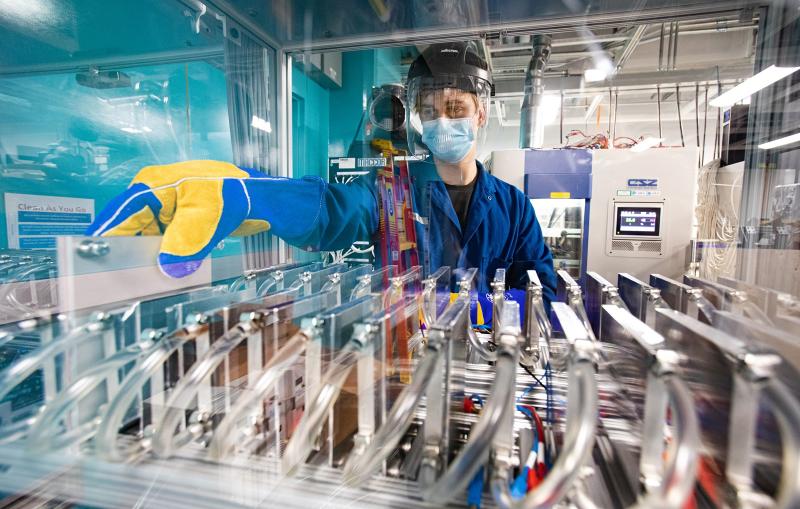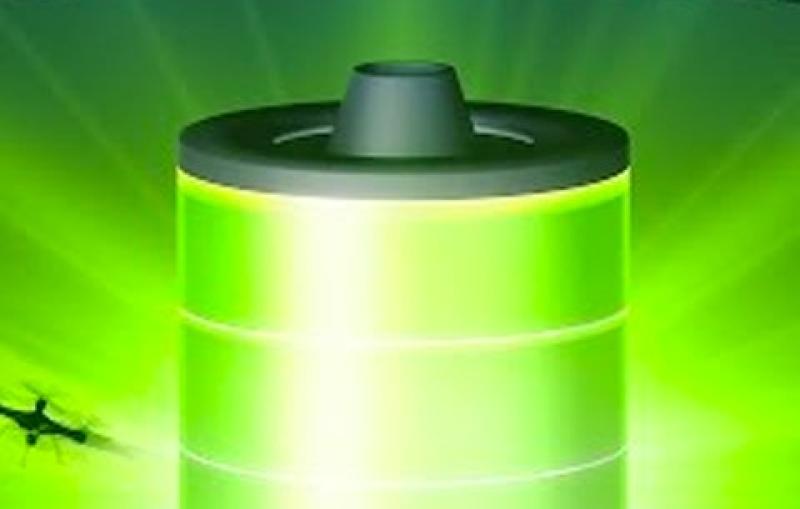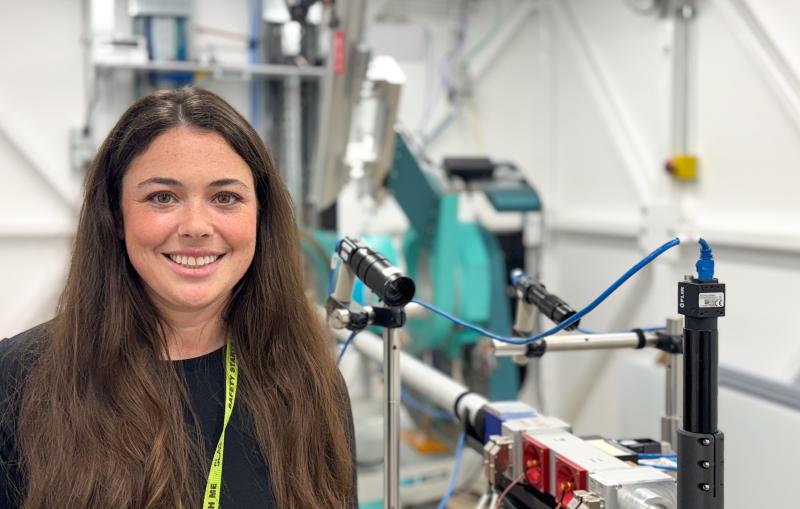SLAC owes its identity, and in fact its very existence, to our essential and longstanding connections with the Department of Energy and Stanford University. SLAC is one of 17 DOE national laboratories – the most comprehensive research system of its kind in the world. Stanford was intimately involved in the founding of the lab in 1962, and it operates SLAC for the DOE Office of Science. Our ties with Stanford have grown over the years to include a number of joint institutes and facilities and many joint research efforts. These relationships and continuing support from DOE are vital to our mission and to the growth and direction of our research programs.
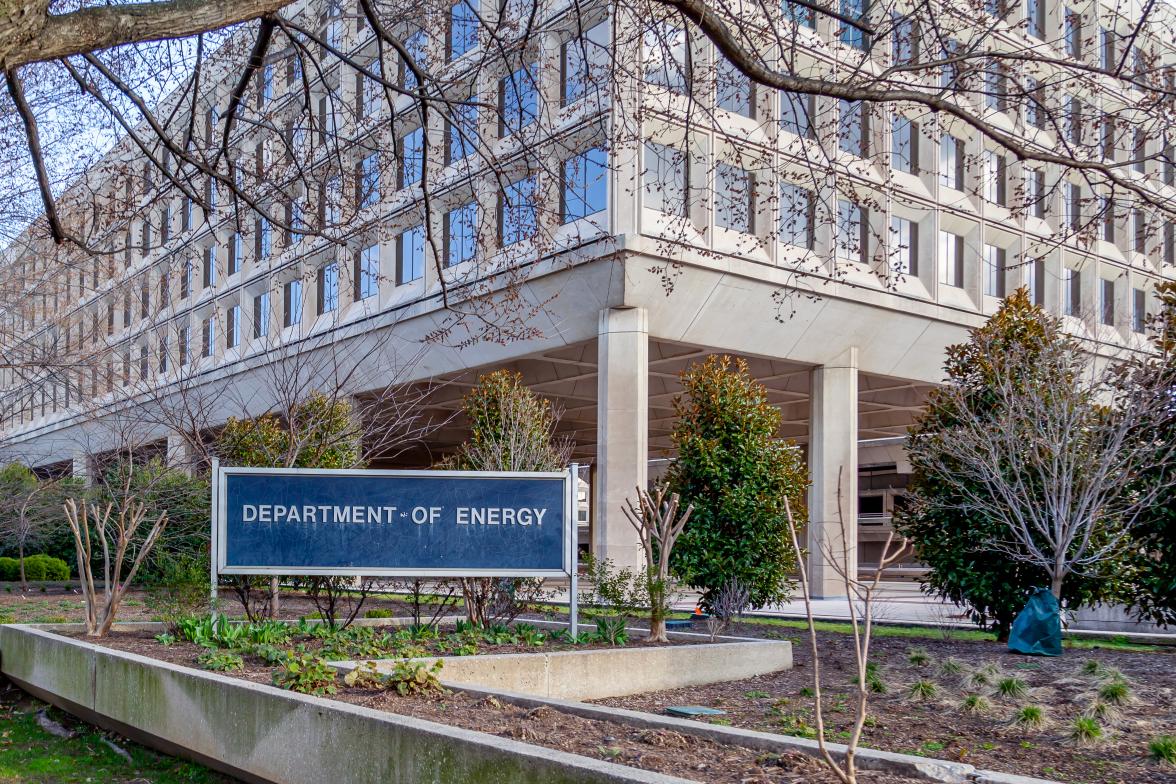
A government lab
Department of Energy
Within DOE we are part of the Office of Science – the nation’s biggest supporter of basic research in the physical sciences. A major part of the office’s mission is supporting the development, construction and operation of unique, open-access scientific user facilities. SLAC is home to three of those facilities: the LCLS X-ray free-electron laser, SSRL synchrotron and FACET-II test facility for next-generation accelerator technologies. Together they host thousands of researchers from around the world each year.
As a multipurpose national lab, we are expanding our programs to address a wide range of scientific challenges within the DOE mission. Collaborating with our sister labs is crucial to the success of many of our key projects.
Stanford University
Operated by Stanford
SLAC sits on Stanford land, our people are Stanford employees and our faculty teach and mentor Stanford graduate students, helping to train the next generation. Our combined intellectual power fuels exciting collaborations between scientists and engineers from a wide range of fields.
Stanford has made numerous investments in the lab and provides key services that make our operations more efficient. SLAC also plays a key role for Stanford, which benefits from our deep expertise in key areas and from our ability to develop and run large-scale research facilities.
Partner with us


